This year, Vizio's TV lineup is all about bringing the best features down to the more affordable price ranges. That's always been Vizio's MO, but this year the TV manufacturer is taking that to new levels with the addition of the IQ Processor to the D-Series of Full-HD TVs and 4K/120Hz support in the P-Series Quantum.
While there's no new OLED TV this year or any 8K TVs, Vizio's 2021-2022 TV lineup runs the gamut of affordability with the top spot going to the new-and-improved Vizio P-Series Quantum X that comes in a massive 85-inch screen size.
That said, where most folks will find the best combination of value and performance is the tried and tested M-Series Quantum, available in the new M-Series MQ7 and MQ6 lineups. The former is slightly brighter and has more local dimming zones, but the latter is a little cheaper and retains many of the same features.
Not sure which Vizio TV you should buy in 2021? Here's the complete breakdown by series and sticker price.
- Don't miss our review of the Vizio V-Series (2020)
Vizio TV 2021 technology
Previous years have brought a massive change in technology – like quantum dots or OLED TVs – to Vizio's TV lineup. This year, however, that's not the case.
Most of the big changes you'll see in this year's lineup are to the remote that now comes with a built-in microphone and support for AMD Free-Sync on more models. For console gamers, the entire Vizio TV lineup will play nicely with the PS5 and Xbox Series X as many support HDMI 2.1, however you'll only be able to play games at their highest settings on the Vizio P-Series Quantum and P-Series Quantum X that support 4K/120.
Speaking of the P-Series Quantum and P-Series Quantum X, Vizio says the latest models can hit up to 84% of REC2020 and 85% of REC2020, respectively, making them some of the most colorful TVs we've yet to see from the manufacturer. In terms of brightness you're looking at 1,200 nits and up to 3,000 nits, respectively, which means Samsung could have a competitor on its hands when you're looking for the brightest TVs on the market.
Further down the line, VRR via HDMI 2.1 and Vizio’s ProGaming Engine make their return this year and offer faster response time and lower input lag for the D-Series, V-Series, M-Series, P-Series and P-Series Quantum X. Plus, on top of that, you've got Dolby Vision support all the way through the V-Series, just like last year.
Outside of those big changes, we're getting a refreshed version of the ultra-budget D-Series for 2021 that will offer Full-HD and HD resolution in 24-, 32- and 40-inch screen sizes that could be great for younger kids or a second bedroom.
In terms of smart platforms, Vizio is once again stocking its TVs with SmartCast. The latest version of the smart platform is significantly faster and smoother, according to Vizio, and will support Apple HomeKit, Google Assistant and Alexa interactions. The new voice remote will allow you to jump to shows and movies from any screen, or you can use it to search for something new to watch.
Overall, this isn't the most massive overhaul in technology for Vizio, but the changes are welcome all the same.
New Vizio TVs for 2021 and 2022
Vizio P-Series Quantum X
Only available in a massive 85-inch screen size, the P-Series Quantum X will make its triumphant return in 2021. The highlights of the screen this year are the higher peak brightness and wider color gamut of 3,000 nits and 85% of REC2020, plus the 792 local dimming zones. Once again the LED-LCD TV will use the IQ Ultra Processor and will support the latest game consoles at 4K/120. There's Dolby Vision HDR as well as HDR10, HDR10+ and HLG, and the TV comes with the new voice remote.
US Model Names: TBD
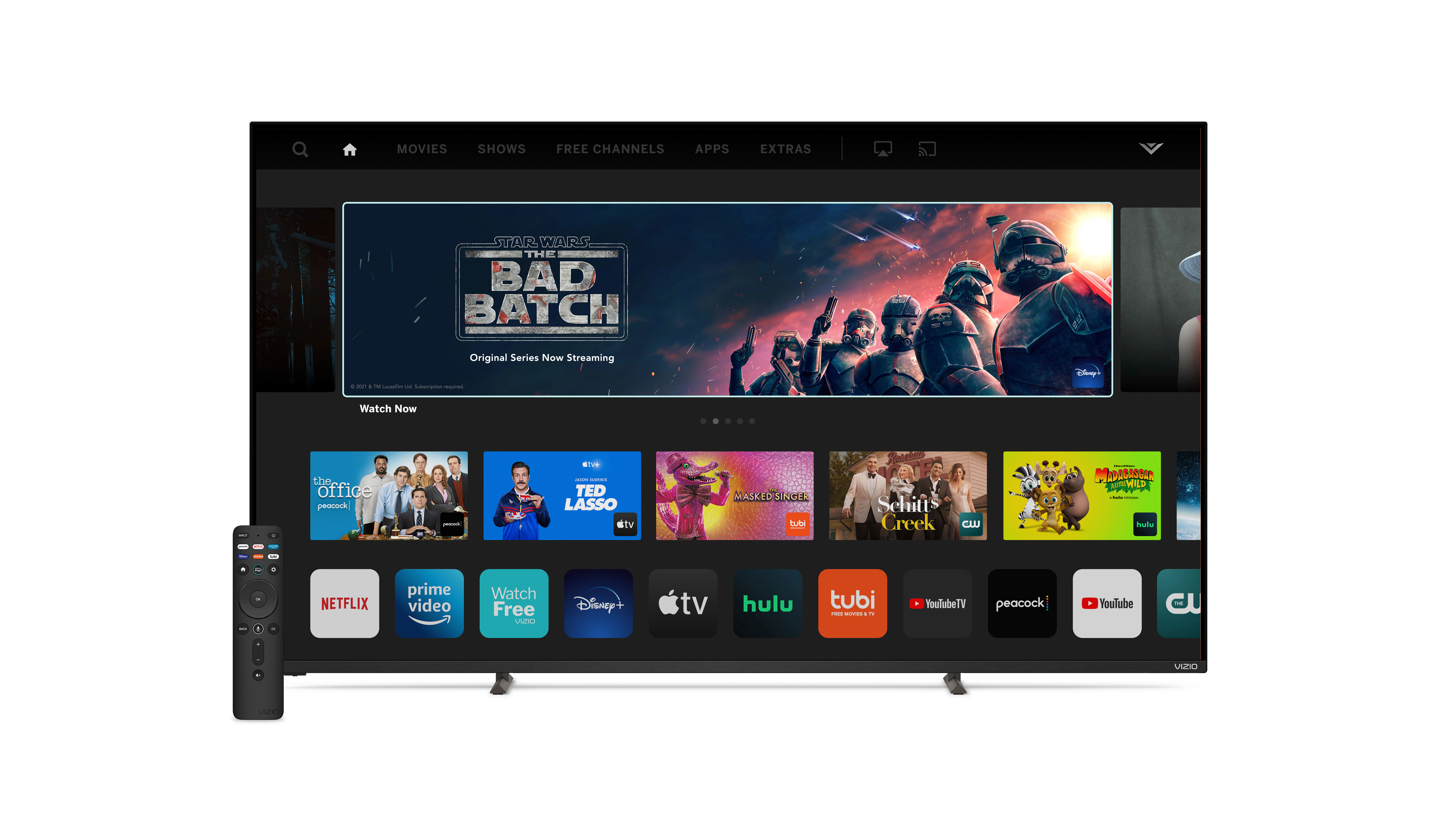
Vizio P-Series Quantum (PQ9)

Vizio P-Series Quantum (PQ9)
Stepping down from the P-Series Quantum X is the P-Series Quantum (PQ9), available in a more reasonable 65- and 75-inch screen sizes. This model drops the local dimming zones from 792 down to only 210 in the 75-inch model, and drops the brightness from up to 3,000 nits down to only 1,200 nits or so. Other than that, many of the high-end specs remain including support for all the HDR formats and HDMI 2.1 for 4K/120, plus the voice remote.
US Model Names: TBD

Vizio M-Series (MQ7 and MQ6)
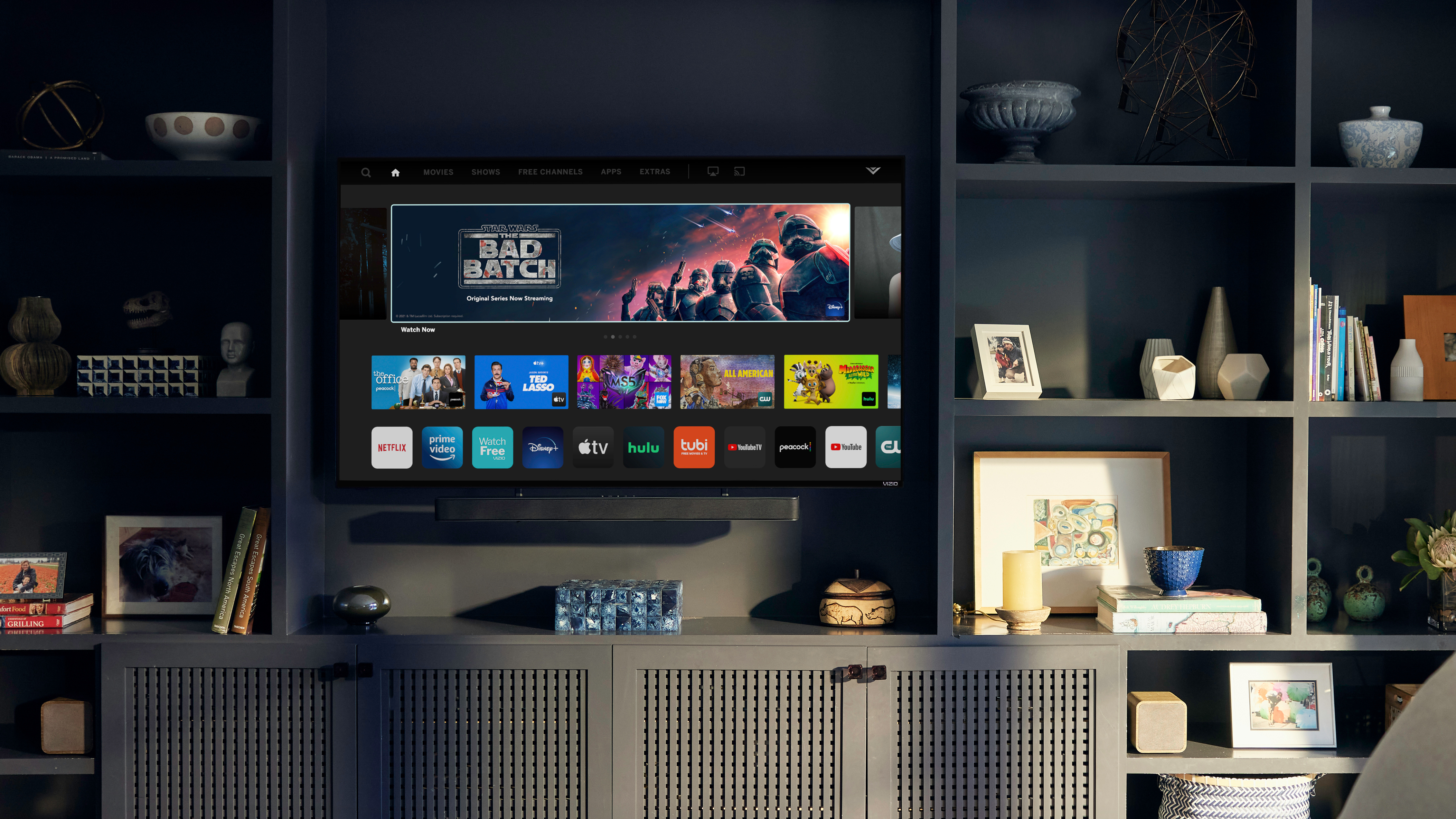
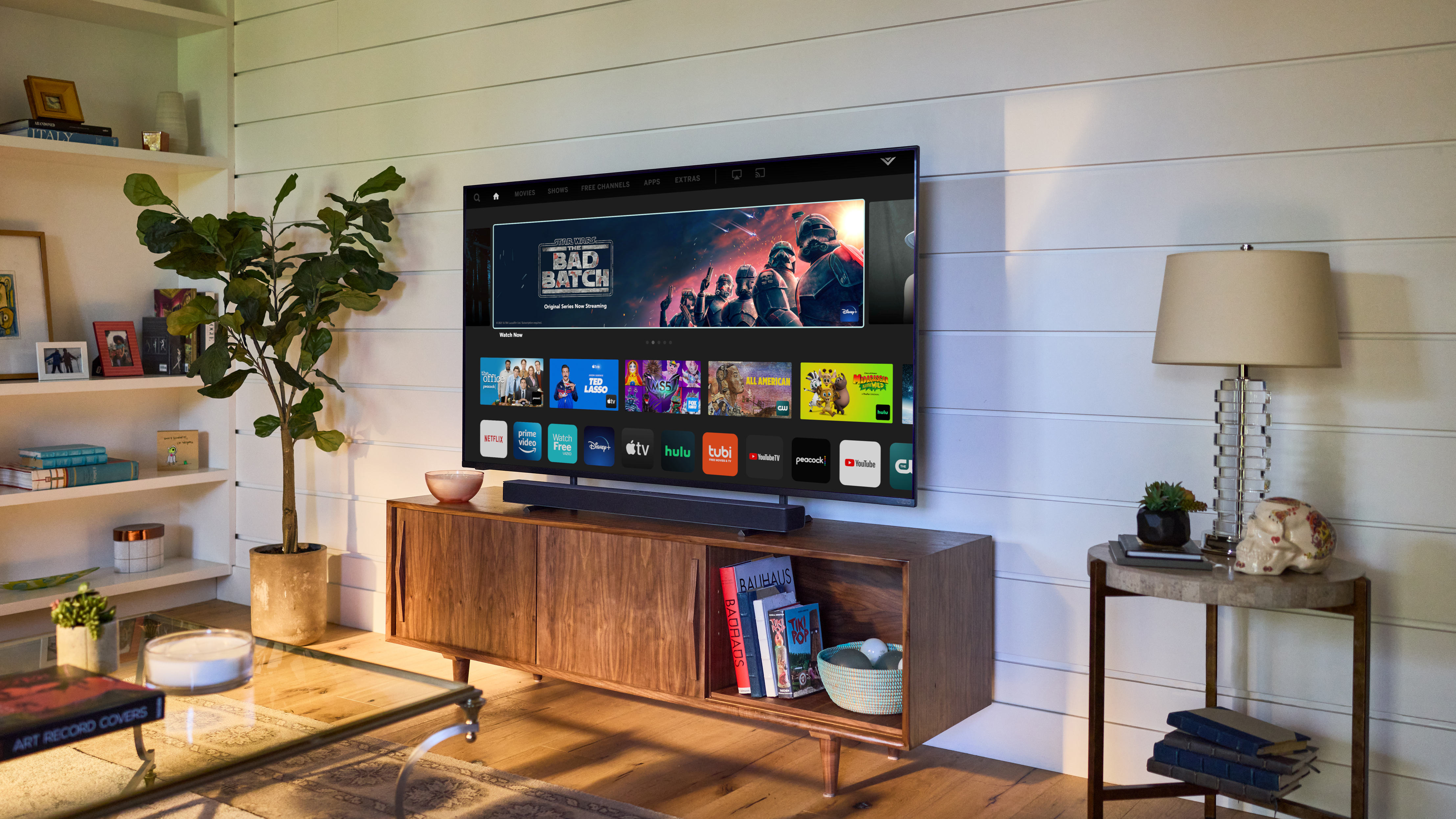
Vizio M-Series Quantum (MQ7 and MQ6)
OK, here's where it gets a little confusing. Like previous years, Vizio is once again making two different M-Series lineups, the MQ7 and the MQ6. The MQ7 is the better of the two, offering higher brightness and more local dimming zones. Both the MQ7 and MQ6 use the IQ Active Processor instead of the IQ Ultra Processor found in the P-Series lineup, but still support all the high-end HDR formats. The biggest tradeoff here is that the TVs only have a native refresh rate of 60Hz, meaning you won't be able to get them to support 4K/120 when using an Xbox Series X or PS5. Still, they'll be much more affordable than the P-Series Quantum and are likely to sell out fast come Black Friday and Cyber Monday.
US Model Names: TBD
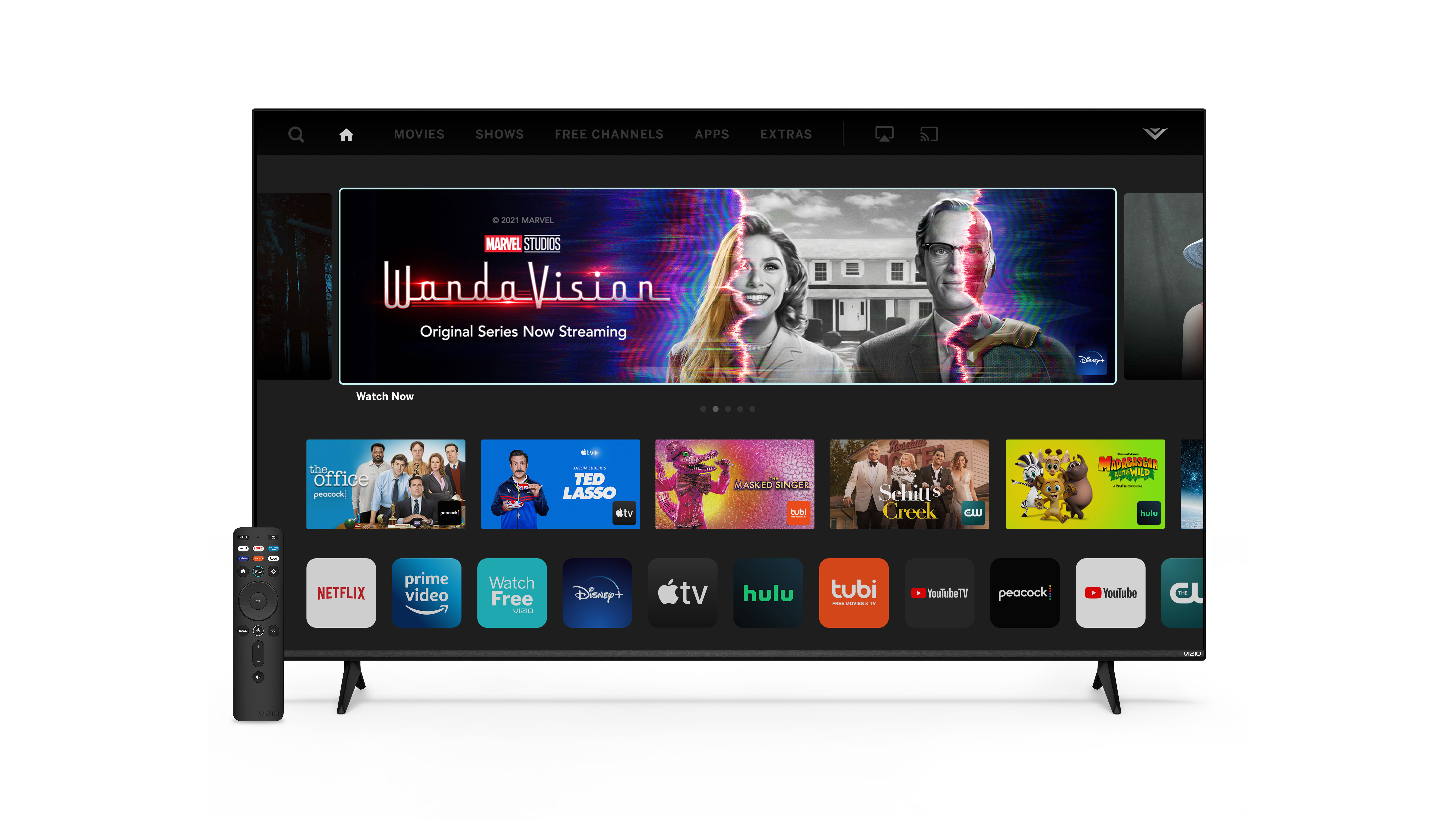
Vizio V-Series (V6 and V5)
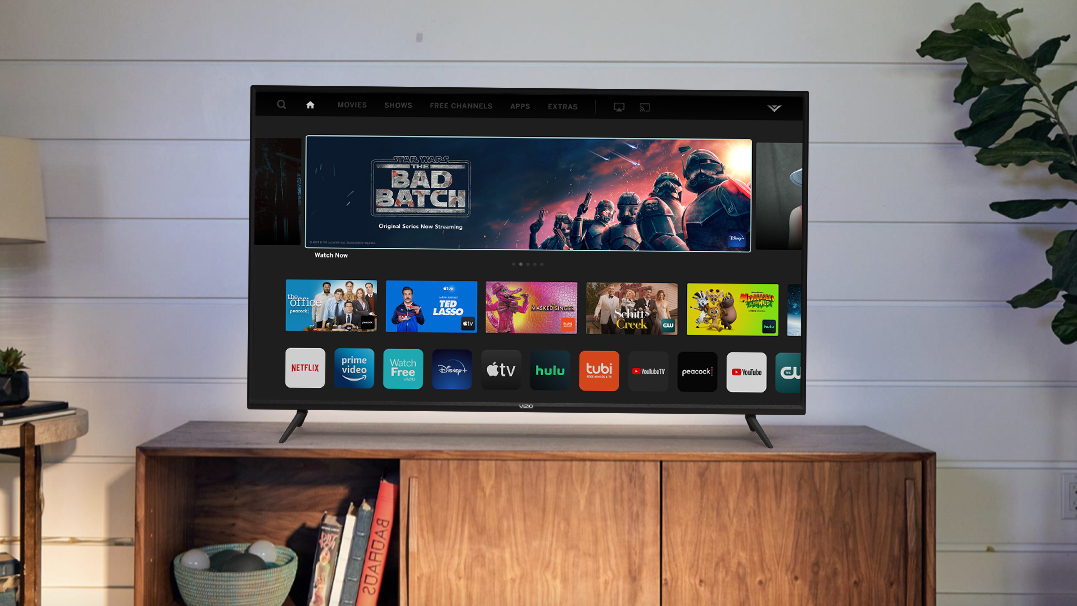
Vizio V-Series (V6 and V5)
Dropping down one more step we find the Vizio V-Series, available in two series. The V6 is going to be the slightly better-performing of the two with better motion handling, but it's only going to be available in two screen sizes: 70- and 75-inches. What you're more likely to come across is the new Vizio V-Series V5 that's available in 7(!) different screen sizes from 43 inches all the way up to 75 inches. Expect lower brightness and color volume than the M-Series as well as poor off-axis viewing, but in exchange for those shortcomings you're going to save some money on the price.
US Model Names: TBD
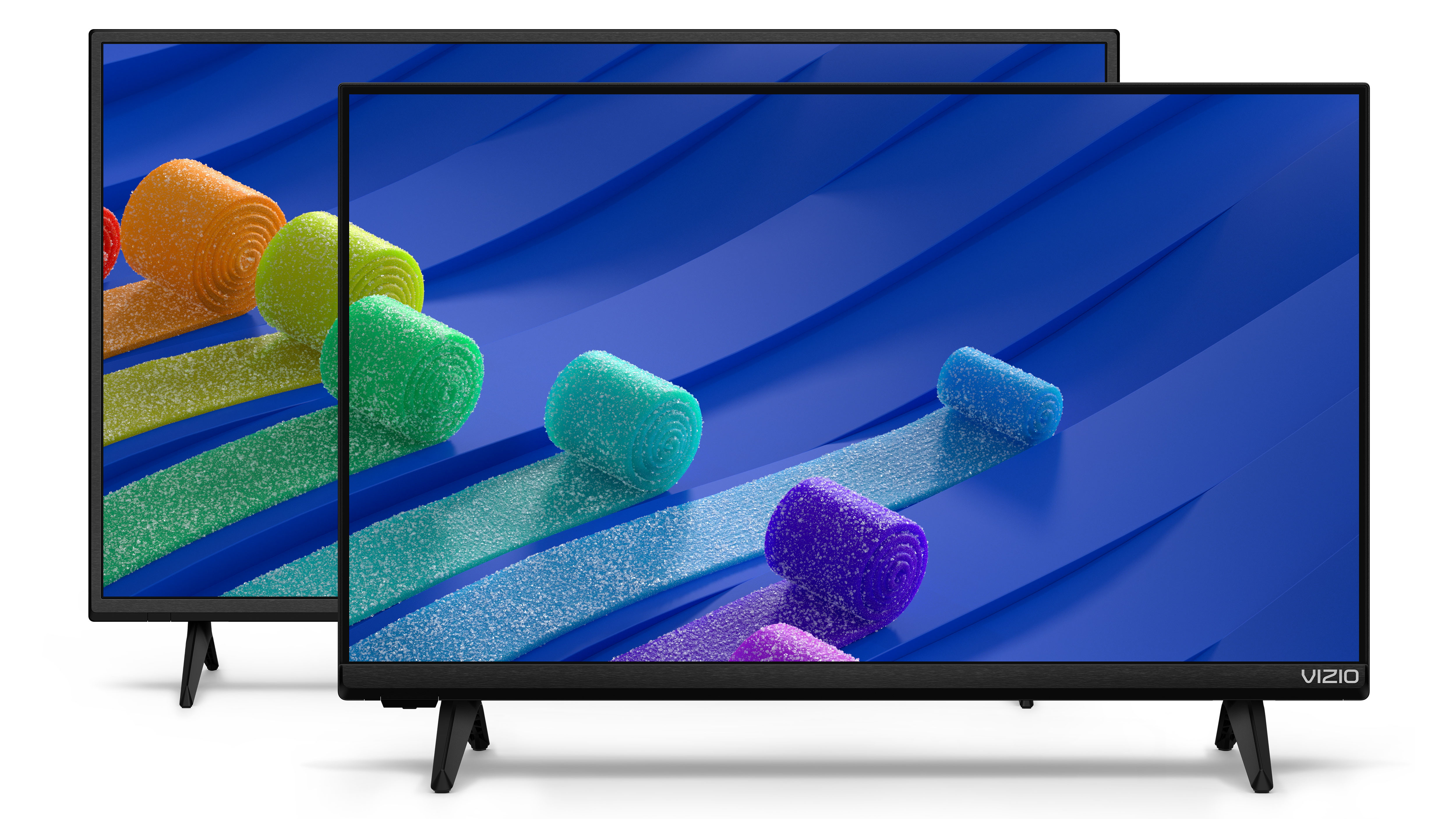
Vizio D-Series (D4 and D-Series)
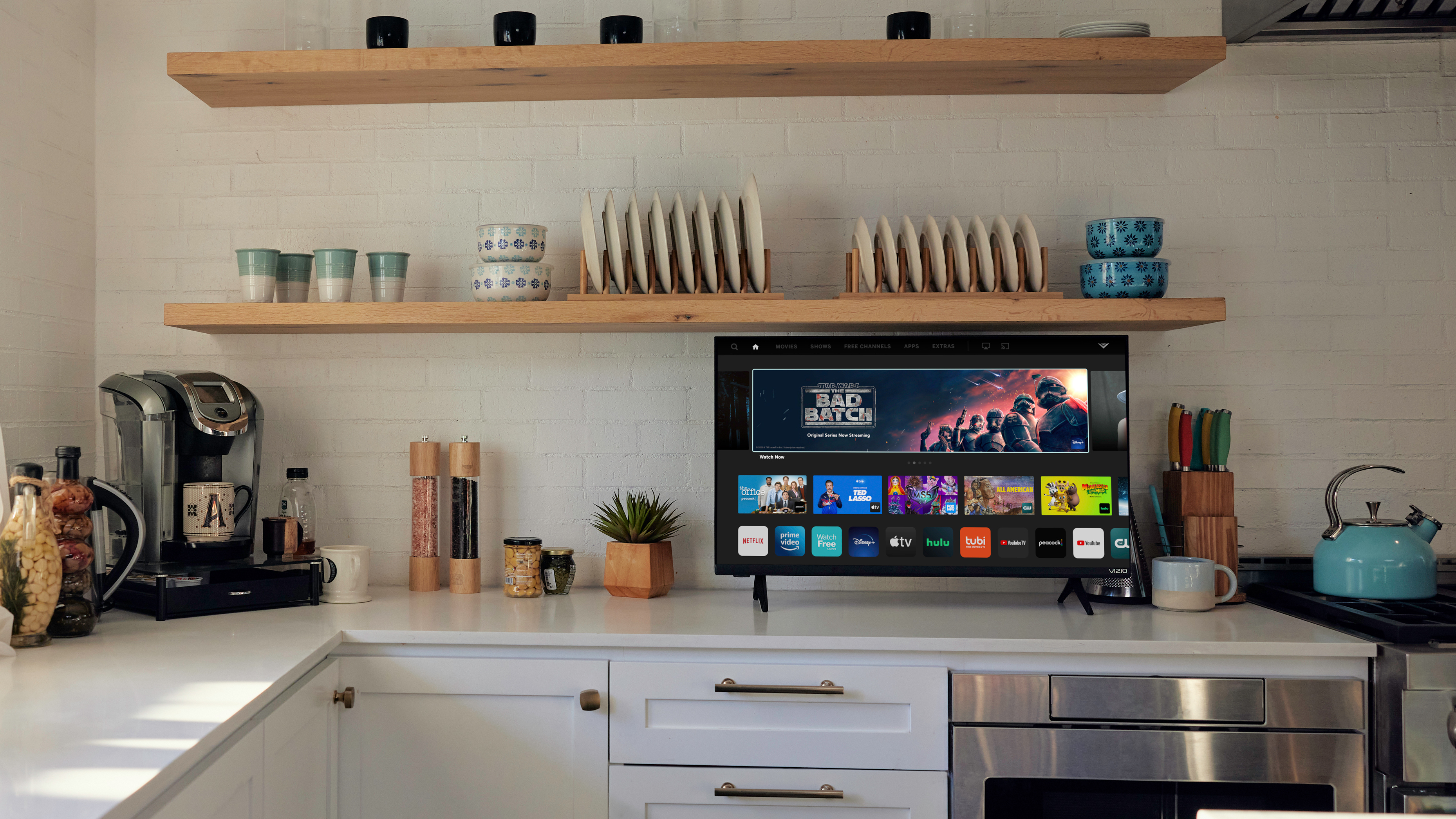
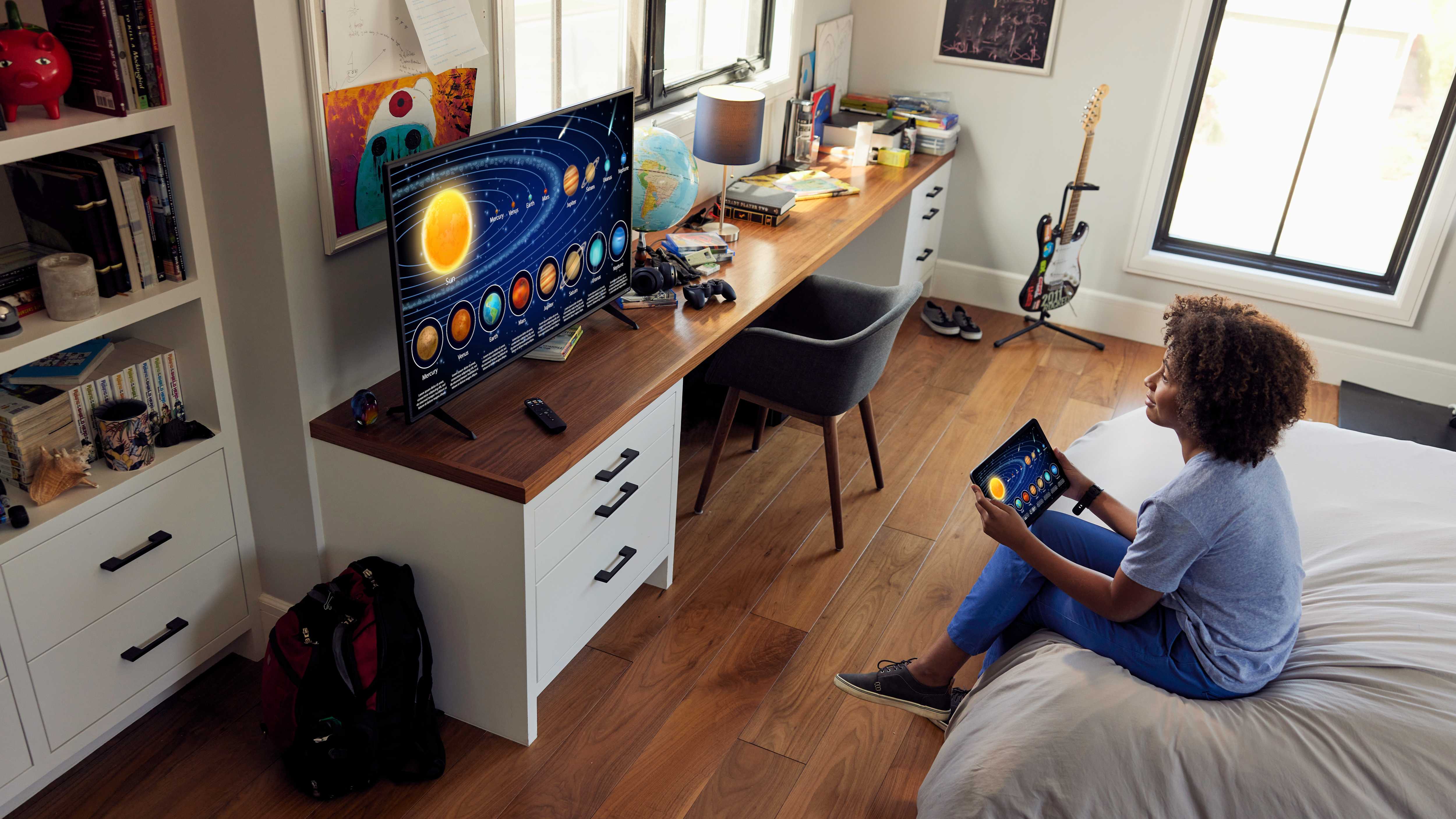
Vizio D-Series (D4 and D-Series)
Finally, we have two new ranges of D-Series this year. It's not every year that we see new D-Series TVs, but it's nice to see that the lineup isn't dead. These are Vizio's HD TVs. The D4 Series supports Full-HD resolution in two screen sizes – 24 and 32 inches – while the standard D-Series supports both Full-HD and standard HD in four different screen sizes. These TVs will use the standard IQ Processor instead of the IQ Active or IQ Ultra, but will use the Vizio Gaming Engine to make games play a little better than you'd expect for an HD TV. Again, the highlight here is that they're going to be the most affordable models in the lineup, and might make for a nice second TV in a spare bedroom or a kids room where resolution is less important.
US Model Names: TBD
Vizio TVs from 2020
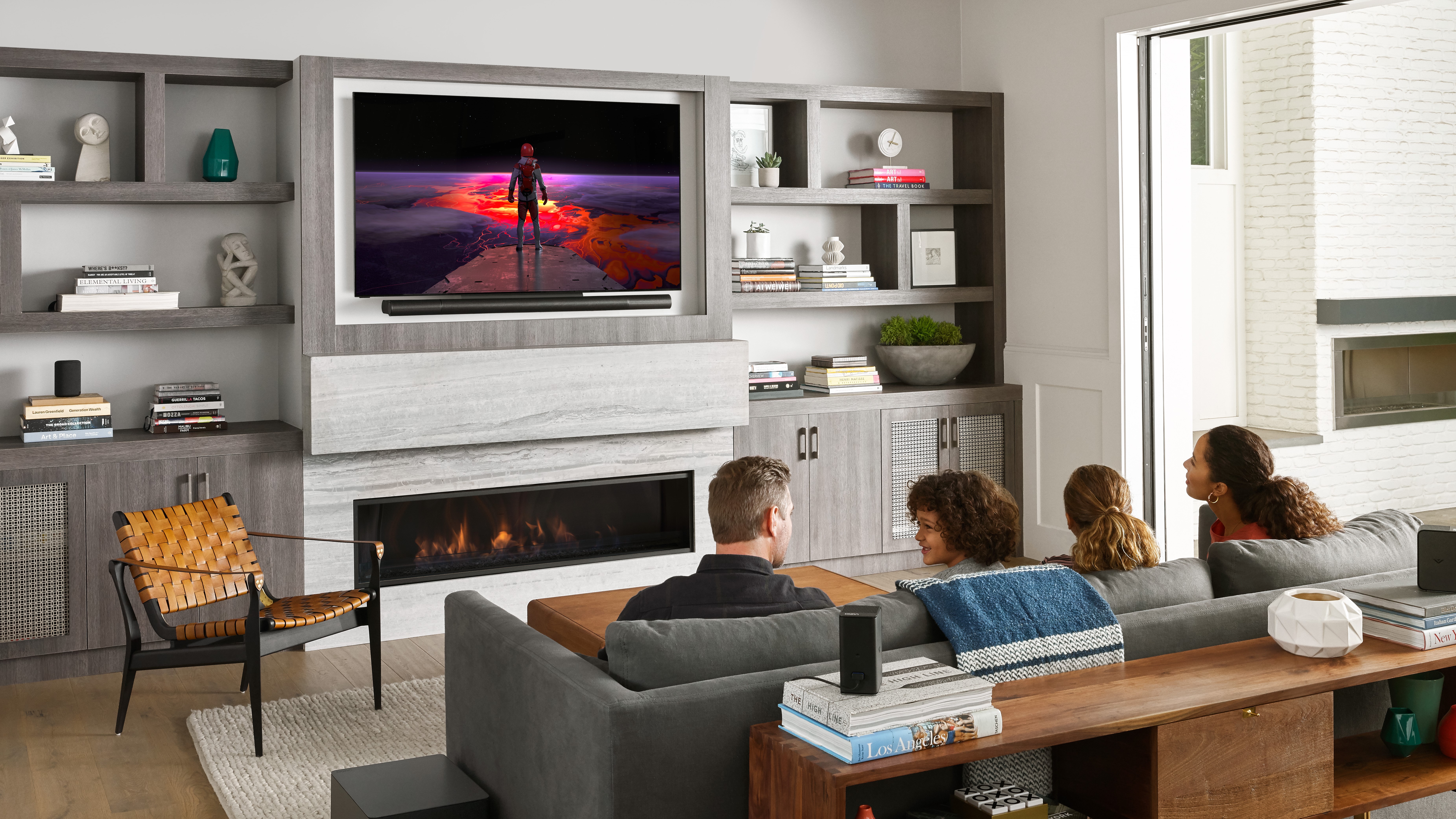
Vizio OLED (H1 Series)
The Vizio OLED might be one of the most exciting TVs of the year. It promises to lower the price of OLED screens by at least $300 here in the US if you plan on buying a 55-inch model, and even more if you have your eye on a 65-inch screen size.
In terms of specs, the Vizio OLED will use Vizio’s new IQ Ultra image processor and support VRR up to 120Hz. Vizio says the TV covers 98% of the DCI-P3 color space - but is limited to only around 800 nits of peak brightness.
Unlike the other Vizio 2020 TVs that are available starting in late June, we won’t get the Vizio OLED until the fall (September through November). By then, LG will have its BX OLED available and the Sony A8H OLED will have had a number of months head start. Still, if you can hold out for a few more months, you can stand to save a lot of money on an OLED.
US Model Names: Vizio OLED55-H1 ($1,299), OLED65-H1 ($1,999)
Read our review: Vizio OLED TV
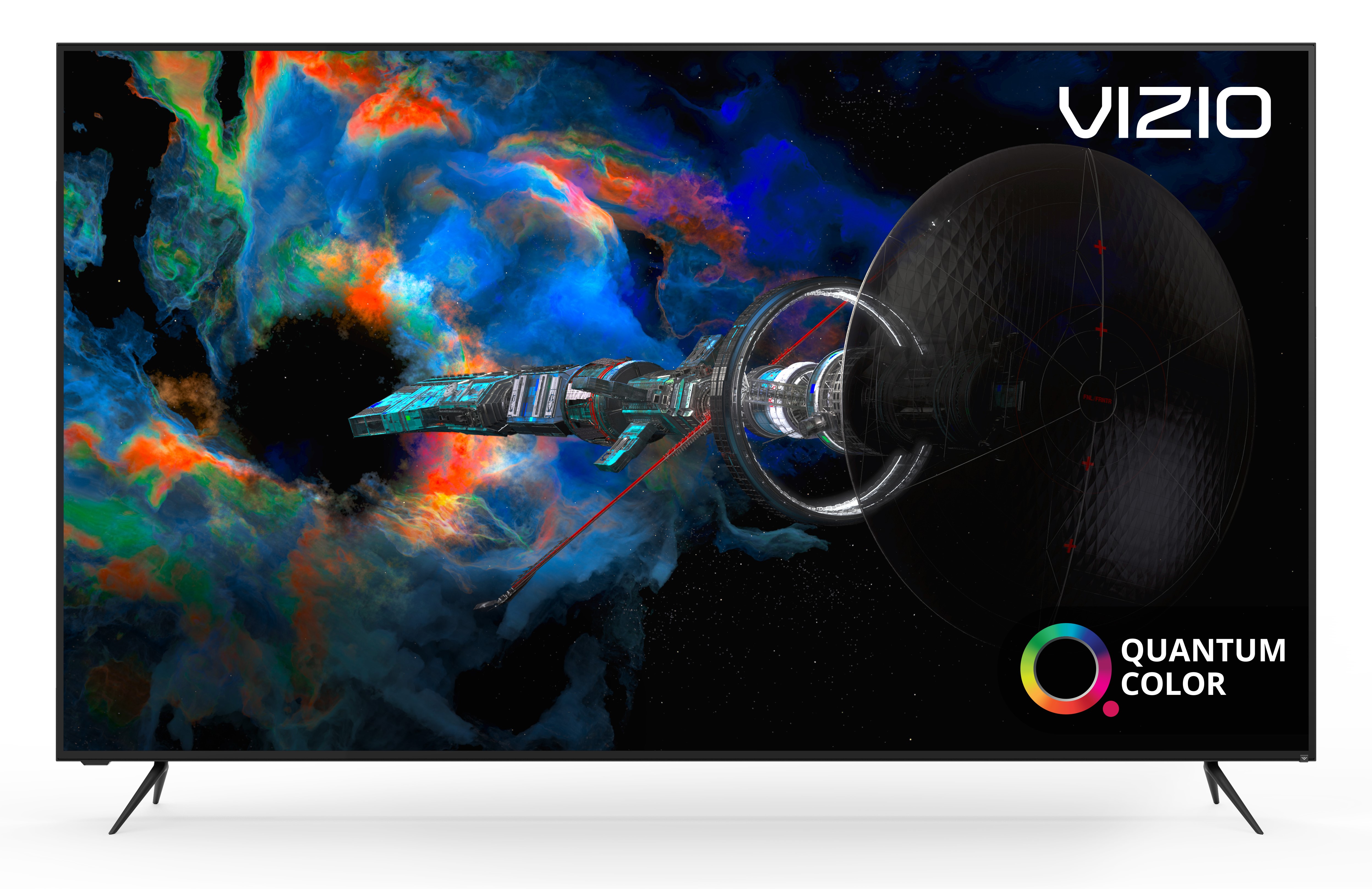
Vizio P-Series Quantum and P-Series Quantum X (Q9-H1 and QX-H1)
At the top of Vizio’s LED-LCD offerings are the Vizio P-Series Quantum and Vizio P-Series Quantum X that are returning for their second consecutive year.
The P-Series Quantum X is definitely the more formidable of the two, especially considering its crazy peak brightness, and will be available starting in June for $1,499. You’ll have three sizes to choose from (65-, 75- and 85-inches) and all of them use the new IQ Ultra image processor and VRR up to 120Hz. The 65- and 85-inch TVs hit 3,000 nits peak brightness and use 384 or 792 local dimming zones respectively, while the 75-inch version only reaches 2,800 nits with 480 local dimming zones.
Stepping down to the regular Vizio P-Series Quantum, you’ll still get the IQ Ultra image processor and VRR up to 120Hz, however you’ll take a massive hit in terms of brightness (they’re only 1,200 nits) and local dimming zones (200 or 240, respectively, for the 65- and 75-inch sizes). That said, the regular P-Series Quantum is cheaper than the P-Series Quantum X, and you can save about $300 by choosing the lower-specc’d displays.
All the TVs in the range except for the 85-inch P-Series Quantum X will be available in late June and the latter will be available in the fall around the time of the Vizio OLED.
US Model Names: Vizio P65QX-H1 ($1,499), Vizio P75QX-H1 ($1,999), Vizio P85QX-H1 ($2,999), Vizio P65Q9-H1 ($1,199), Vizio P75Q9-H1 ($1,699)
Read our review: Vizio P-Series Quantum X
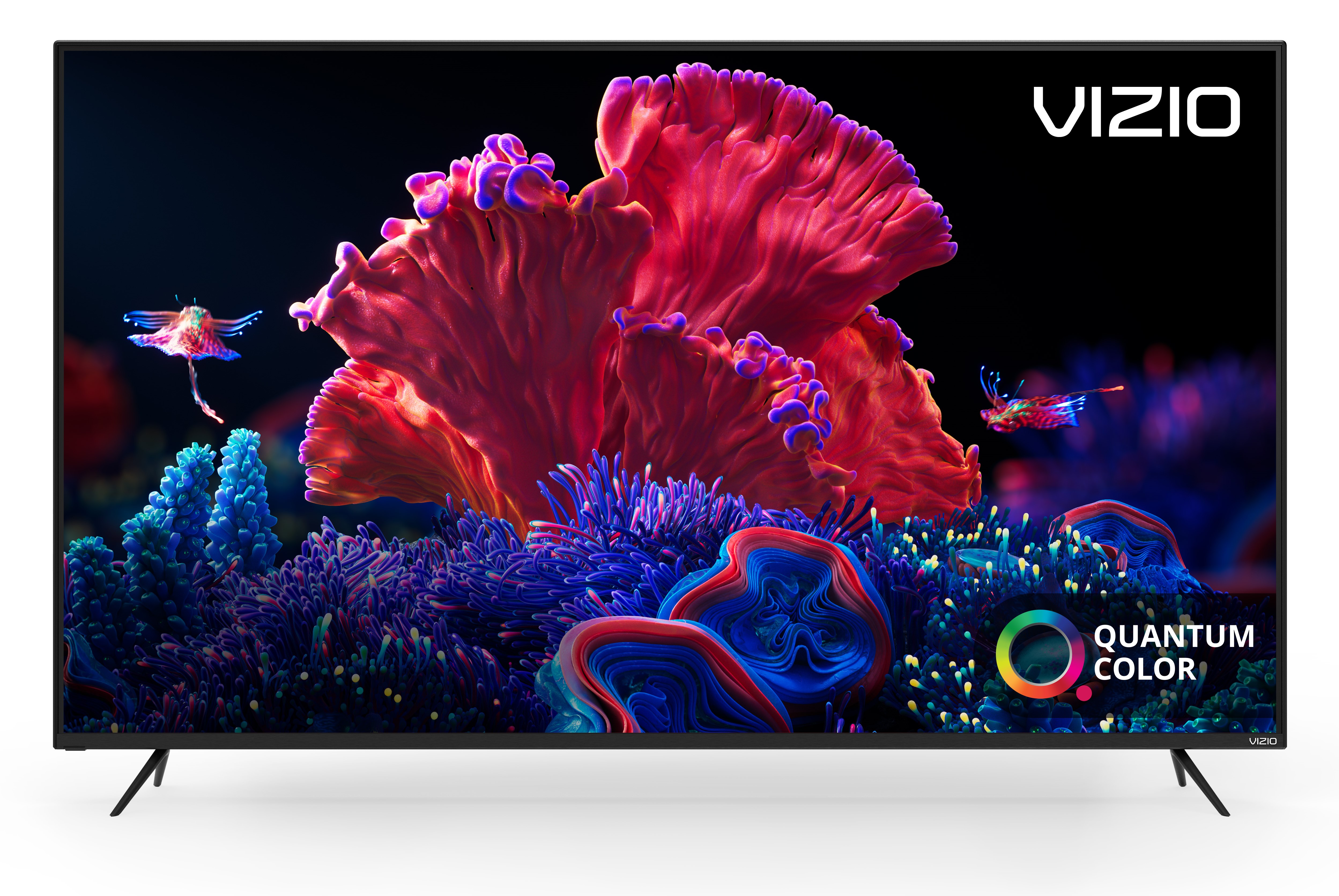
Vizio M-Series (Q8 and Q7)
As you step further down the lineup, things become even more complicated - for example, like last year you’ll find two different versions of the M-Series that are wildly different. Both only have a 60Hz native refresh rate and use the IQ Active image processor, but that’s where the similarities end.
The better of the two series is the Vizio M-Series Q8 that’s only available in either a 55- or a 65-inch screen size. Both have 90 contrast control zones, far less than the P-Series but far more than the M-Series Q7 models, and use the IQ Active image processor instead of the IQ Ultra that you’d find in the higher-end models.
Then there’s the Vizio M-Series Q7 that comes in 50-, 55- and 65-inch sizes that use 16 or 30 contrast control zones. They too use the IQ Active image processor and according to the specs provided by Vizio, hit between 400 and 600 nits of peak brightness. That said, they’re ultra affordable and will likely sell super well during Black Friday this year.
US Model Names: Vizio M55Q8-H1($549), Vizio M65Q8-H1 ($749), Vizio M50Q7-H1 ($399), Vizio M55Q7-H1 ($499), Vizio M65Q7-H1 ($699)

Vizio V-Series
In case you missed the memo, the V-Series stands for value. It’s Vizio’s catchall term to describe any TV that it feels like fits into that framework, and therefore is comprised of a number of different models, all of which use full array lighting and the IQ Active processor.
The good news is that all the TVs below support four types of HDR (HDR10, HDR10+, Dolby Vision and HLG) and while they’re not the most advanced in terms of specs, offers a 70-inch screen size that’s only $659 brand-new. It’s a crazy deal and is available starting today.
US Model Names: Vizio V405 ($229), Vizio V435 ($279), Vizio V505X ($299), Vizio V555 ($339), Vizio V585 ($349), Vizio V605 ($399), Vizio V655-H9 ($469), Vizio V705-H3 ($659), Vizio V755-H4 ($799).
Read our review: Vizio V-Series (2020)
- Want to see what Sony, Samsung and LG have to offer? Don't miss our Samsung TV 2021, LG TV 2021 and Sony TV 2021 guides!
No comments:
Post a Comment